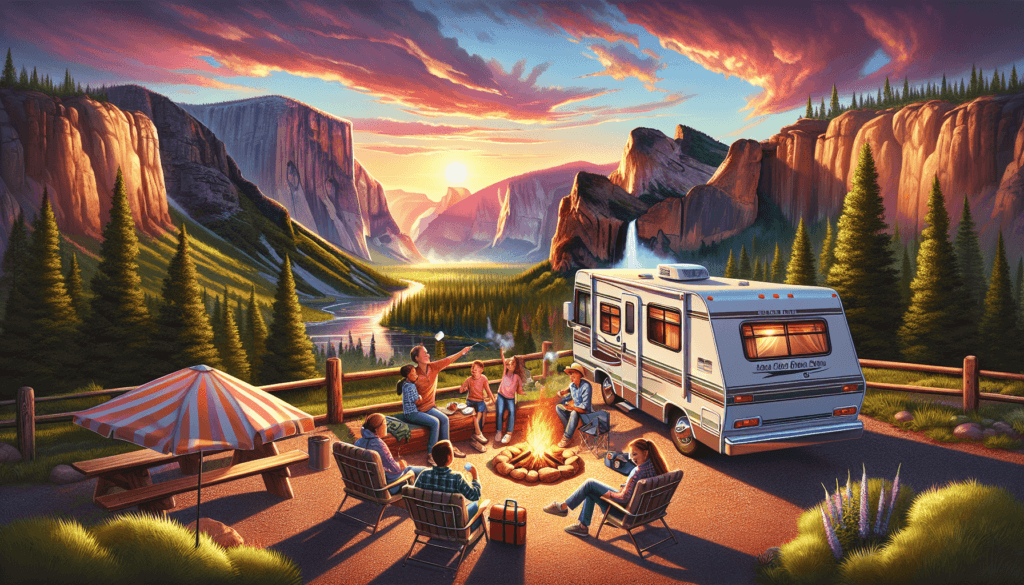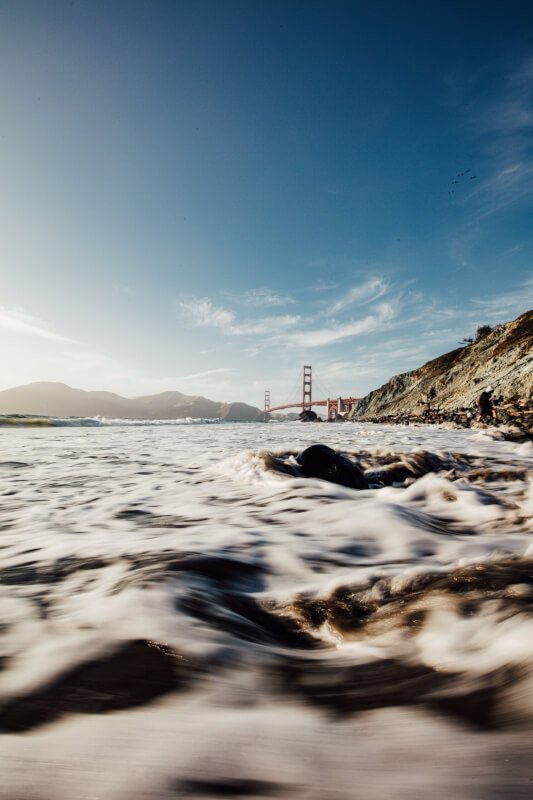Looking to embark on an unforgettable RV adventure across the United States? Look no further! This article explores the most popular RV camping destinations in the US, giving you a sneak peek into the breathtaking landscapes, thrilling outdoor activities, and serene campgrounds that await you. Whether you’re seeking the tranquility of nature, exciting adventures, or a combination of both, this list is your guide to discovering the ultimate RV camping experiences in America. Get ready to hit the open road and create lasting memories in some of the country’s most iconic locations. Let’s dive in!
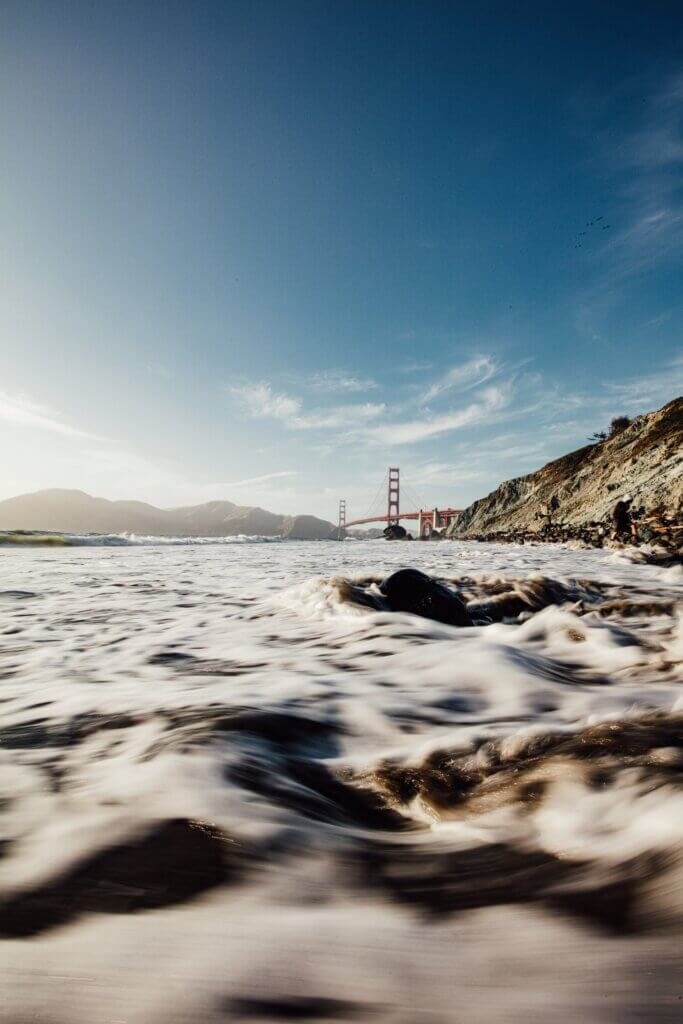
1. Yosemite National Park, California
Description of Yosemite National Park
Yosemite National Park is a breathtakingly beautiful destination located in California. It is renowned for its towering granite cliffs, cascading waterfalls, and ancient sequoia groves. Covering an area of over 700,000 acres, Yosemite offers a diverse range of landscapes, including meadows, forests, and crystal clear lakes. The park is home to an abundance of wildlife, including black bears, eagles, and mule deer. Whether you are an outdoor enthusiast or simply looking to connect with nature, Yosemite National Park has something for everyone.
Camping facilities in Yosemite National Park
Yosemite National Park offers a variety of camping options for visitors. The park has 13 campgrounds, with a total of over 1,400 campsites. These campgrounds range from basic, first-come, first-served sites to reservation-only campgrounds that offer amenities such as flush toilets and showers. Some of the campgrounds are open year-round, while others are seasonal. It is advisable to make reservations well in advance, especially for the popular sites. Additionally, there are also RV camping options available, with pull-through sites and hookups for water and electricity.
Activities and attractions at Yosemite National Park
Yosemite National Park offers a plethora of activities and attractions for visitors to enjoy. One of the most iconic attractions is the Yosemite Valley, which is surrounded by towering granite walls and is home to the famous El Capitan and Half Dome. Visitors can explore the valley by hiking, biking, or even taking a scenic drive. The park is also a paradise for rock climbers, with numerous challenging cliffs and walls to conquer. For those seeking serenity, the park offers tranquil lakes and meadows perfect for picnicking or simply taking in the natural beauty.
Best time to visit Yosemite National Park
The best time to visit Yosemite National Park largely depends on personal preferences and the activities you wish to engage in. The summer months from June to August offer warm weather and longer days, making it ideal for hiking and camping. However, this is also the busiest time of the year, with large crowds and limited parking availability. Spring and fall can be less crowded, with mild temperatures and colorful foliage. Winter brings a unique experience to the park, with snow-covered landscapes and the opportunity for skiing and snowshoeing. However, some areas of the park may be inaccessible due to snowfall. It is important to check for road closures and weather conditions before planning your visit.
2. Grand Canyon National Park, Arizona
Description of Grand Canyon National Park
Grand Canyon National Park, located in Arizona, is a geological wonder that attracts millions of visitors each year. Carved over millions of years by the Colorado River, the Grand Canyon offers breathtaking vistas and a glimpse into Earth’s ancient history. Its massive size and diverse ecosystem make it an awe-inspiring destination for nature lovers and adventure seekers alike. The park boasts deep canyons, sweeping plateaus, and colorful rock formations that stretch as far as the eye can see. With its unique blend of beauty and grandeur, the Grand Canyon is truly a bucket-list destination.
Camping facilities in Grand Canyon National Park
Grand Canyon National Park offers a range of camping options to suit every camper’s needs. The park has three campgrounds on the South Rim – Trailer Village, Mather Campground, and Desert View Campground. These campgrounds provide both tent and RV camping options, with amenities such as fire rings, picnic tables, and access to water and restroom facilities. It is advisable to make reservations, especially during peak seasons, as the campgrounds fill up quickly. Backcountry camping is also available for those looking to experience the wilderness on a multi-day hike.
Activities and attractions at Grand Canyon National Park
Grand Canyon National Park offers a wide range of activities and attractions for visitors to enjoy. The most popular activity is hiking, with trails ranging from easy walks along the rim to challenging descents into the canyon. Helicopter and airplane tours provide a unique perspective of the canyon, allowing you to see its vastness from above. For those seeking an adrenaline rush, whitewater rafting down the Colorado River offers an exhilarating experience. Other attractions include the Grand Canyon Skywalk, a glass-bottomed platform that extends over the canyon, and the Historic Village, which offers a glimpse into the area’s rich Native American history.
Best time to visit Grand Canyon National Park
The best time to visit Grand Canyon National Park is during the spring and fall months when temperatures are moderate, and the crowds are less dense. Spring brings wildflowers and blooming cacti, while fall offers colorful foliage and cooler temperatures. Summer can be extremely hot, with temperatures soaring above 100 degrees Fahrenheit, making it less favorable for outdoor activities. Winter brings colder temperatures and occasional snowfall, but it also offers a quiet and serene atmosphere. It is important to note that the North Rim of the park is closed in the winter due to heavy snowfall and icy conditions.
3. Zion National Park, Utah
Description of Zion National Park
Zion National Park, located in Utah, is a haven for outdoor enthusiasts and nature lovers. The park’s unique landscape is characterized by towering cliffs, narrow slot canyons, and a vibrant display of red and orange rock formations. It is a paradise for hikers, with trails ranging from easy flat walks to challenging climbs. The park is home to diverse wildlife, including desert bighorn sheep and golden eagles. The Virgin River, which runs through the park, provides opportunities for canoeing, kayaking, and even tubing. Zion National Park truly offers a one-of-a-kind experience for visitors.
Camping facilities in Zion National Park
Zion National Park offers several camping options for visitors. The South Campground, located near the park’s visitor center, provides tent and RV camping with amenities such as fire rings, picnic tables, and access to restrooms and showers. The campground operates on a first-come, first-served basis, and during peak seasons, it can fill up quickly. For those seeking a more secluded experience, there are also backcountry camping options available. Permits are required for backcountry camping and can be obtained through the park’s visitor center.
Activities and attractions at Zion National Park
Zion National Park offers a multitude of activities and attractions for visitors to enjoy. One of the most popular activities is hiking, with trails such as Angel’s Landing and The Narrows drawing adventurers from around the world. Canyoneering is also a popular activity, allowing visitors to explore the park’s slot canyons by rappelling, swimming, and scrambling. The park’s scenic drives offer breathtaking viewpoints, while wildlife viewing opportunities abound. Additionally, Zion Canyon is a haven for rock climbers, providing challenging routes and stunning vistas.
Best time to visit Zion National Park
The best time to visit Zion National Park is during the spring and fall months when temperatures are mild, and the crowds are less overwhelming. Spring brings blooming wildflowers and rushing waterfalls, while fall offers colorful foliage and pleasant weather. Summer can be scorching hot, with temperatures exceeding 100 degrees Fahrenheit, making it less suitable for strenuous outdoor activities. Winter brings cooler temperatures, but the park’s lower elevations are generally accessible throughout the year. It is important to be prepared for sudden weather changes and flash floods, especially if hiking in narrow slot canyons.
4. Yellowstone National Park, Wyoming
Description of Yellowstone National Park
Yellowstone National Park, located primarily in Wyoming, is widely regarded as the world’s first national park. It is a mesmerizing combination of geothermal activity, pristine lakes, and vast wilderness. Yellowstone is famous for its geysers, including the iconic Old Faithful, which erupts with clockwork precision. The park is home to a diverse range of wildlife, including grizzly bears, wolves, and herds of bison. With its stunning landscapes and abundant wildlife, Yellowstone National Park offers an unparalleled opportunity to experience the wonders of nature.
Camping facilities in Yellowstone National Park
Yellowstone National Park offers a variety of camping options for visitors. The park has 12 campgrounds, with over 2,000 campsites available. These campgrounds cater to both tents and RVs, with amenities such as picnic tables, fire rings, and access to water and restroom facilities. The campgrounds operate on a first-come, first-served basis, except for the Fishing Bridge RV Park, which requires reservations. Additionally, backcountry camping is available for those looking to venture deeper into the wilderness. Permits are required for backcountry camping and can be obtained through the park’s visitor centers.
Activities and attractions at Yellowstone National Park
Yellowstone National Park offers endless opportunities for exploration and adventure. The park’s most famous attraction is the Upper Geyser Basin, which is home to over 500 geysers, hot springs, and mudpots. The Old Faithful geyser is a must-see, erupting approximately every 90 minutes. Wildlife viewing is another popular activity, with the park being home to wolves, grizzly bears, and herds of elk and bison. The park offers a vast network of hiking trails, ranging from short walks to multi-day backpacking trips. Boating, fishing, and wildlife photography are also popular pursuits in Yellowstone.
Best time to visit Yellowstone National Park
The best time to visit Yellowstone National Park largely depends on personal preferences and the activities you wish to engage in. The summer months from June to August are the busiest, with long days and mild temperatures. This is the best time for wildlife viewing and hiking, but popular areas can be crowded. Spring and fall offer cooler temperatures and vibrant displays of wildflowers or fall foliage. Winter brings a unique experience to the park, with opportunities for cross-country skiing, snowshoeing, and even snowmobile tours. It is important to note that many park roads and facilities are closed or limited during the winter season.
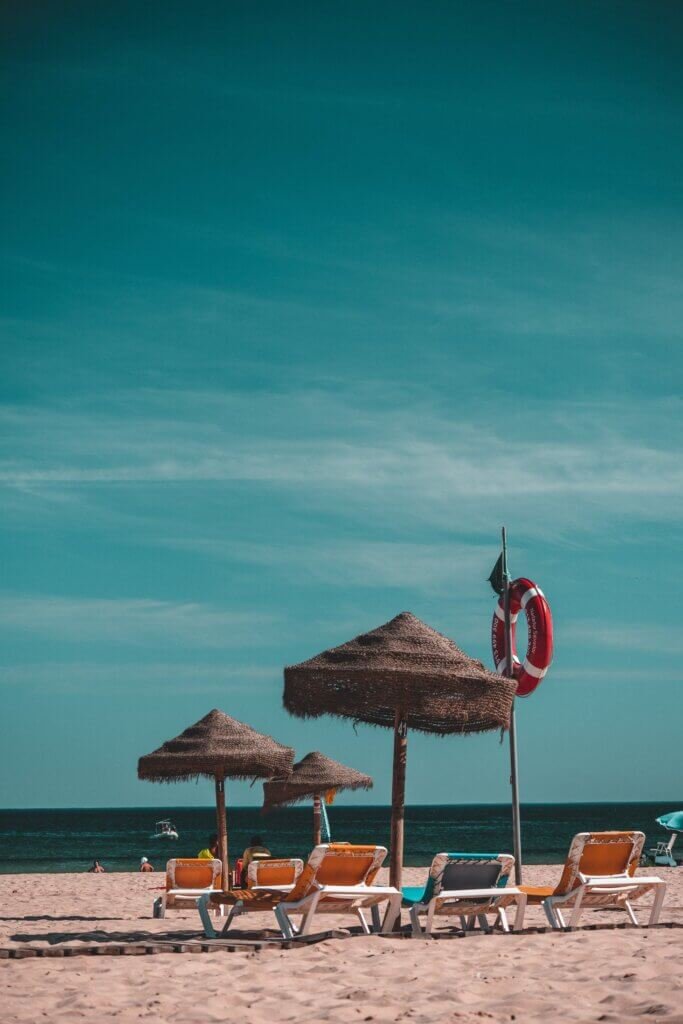
5. Great Smoky Mountains National Park, Tennessee
Description of Great Smoky Mountains National Park
Great Smoky Mountains National Park, located in Tennessee and North Carolina, is America’s most visited national park. Known for its misty mountains, ancient forests, and diverse wildlife, it is an enchanting destination for nature enthusiasts. The park is home to over 1,500 species of plants and animals, including black bears, elk, and white-tailed deer. Boasting over 800 miles of hiking trails, the Great Smoky Mountains offer endless opportunities for exploration. With its breathtaking scenery and rich cultural heritage, this park is a must-visit for outdoor lovers.
Camping facilities in Great Smoky Mountains National Park
Great Smoky Mountains National Park offers numerous camping options for visitors. The park has ten developed campgrounds, with a total of over 800 campsites. These campgrounds offer both tent and RV camping, and amenities range from basic to more developed sites with access to water, restrooms, and even electrical hookups. The campgrounds operate on a first-come, first-served basis, except for the Cades Cove and Smokemont campgrounds, which offer reservations. Backcountry camping is also permitted, with designated sites available for hikers looking to spend a night deep in the wilderness.
Activities and attractions at Great Smoky Mountains National Park
Great Smoky Mountains National Park offers a wide array of activities and attractions for visitors to enjoy. Hiking is undoubtedly the main attraction, with trails catering to all skill levels. The park offers beautiful waterfalls, scenic overlooks, and historic sites that can be explored on foot. Wildlife watching is another popular activity, especially in the early morning or late evening hours. The park is also known for its rich cultural heritage, with preserved structures and artifacts from the early European settlers in the area. Additionally, fishing, biking, and horseback riding are popular pursuits within the park.
Best time to visit Great Smoky Mountains National Park
The best time to visit Great Smoky Mountains National Park largely depends on personal preferences and the activities you wish to engage in. Spring and fall offer mild temperatures, blooming wildflowers, and vibrant fall foliage. These seasons are the peak times for hiking and wildlife viewing. Summer brings warmer temperatures and longer days, making it a great time for camping and outdoor activities. However, summer also brings higher levels of humidity and the possibility of afternoon thunderstorms. Winter brings colder temperatures and occasional snowfall, creating a serene and peaceful atmosphere. Some roads and facilities may be closed during the winter months, so it is important to check for updates before planning your visit.
6. Acadia National Park, Maine
Description of Acadia National Park
Acadia National Park, located in Maine, is a hidden gem on the East Coast of the United States. With its rugged coastline, pristine lakes, and towering granite peaks, it offers a unique blend of natural beauty. The park is known for its breathtaking sunrises from the top of Cadillac Mountain, the highest point on the East Coast. Acadia National Park encompasses Mount Desert Island and several surrounding islands, providing a diverse range of landscapes to explore. From hiking and biking to beachcombing and birdwatching, Acadia offers endless opportunities for outdoor adventures.
Camping facilities in Acadia National Park
Acadia National Park offers two campgrounds for visitors. The Blackwoods Campground and the Seawall Campground provide tent and RV camping options. Both campgrounds offer a range of amenities, including picnic tables, fire rings, and access to restrooms and water. The campgrounds operate on a first-come, first-served basis, with limited sites available for RVs. If you are planning to visit during the peak season, it is recommended to arrive early to secure a campsite. Additionally, backcountry camping is permitted with a permit, allowing visitors to explore more remote areas of the park.
Activities and attractions at Acadia National Park
Acadia National Park offers an array of activities and attractions for visitors to enjoy. Hiking is a popular activity, with trails ranging from easy walks along the shoreline to strenuous climbs to the park’s highest peaks. Biking is another great way to explore the park, with the scenic carriage roads offering miles of car-free pathways. The park’s rocky shores are perfect for beachcombing and tidepool exploration, while boating and kayaking allow visitors to experience the park from the water. Wildlife viewing is also a highlight, with opportunities to spot seals, porpoises, and a variety of bird species.
Best time to visit Acadia National Park
The best time to visit Acadia National Park largely depends on personal preferences and the activities you wish to engage in. Summer is the busiest season, with warmer temperatures and longer days. This is the peak time for hiking, biking, and enjoying the park’s coastal areas. Fall is a popular time to visit, as the park’s forests transform into a vibrant display of autumn colors. Spring offers blooming wildflowers and a quieter atmosphere before the summer crowds arrive. Winter brings a unique experience to the park, with opportunities for snowshoeing, cross-country skiing, and ice fishing. Some roads and facilities may be closed during the winter season, so it is important to check for updates before planning your visit.
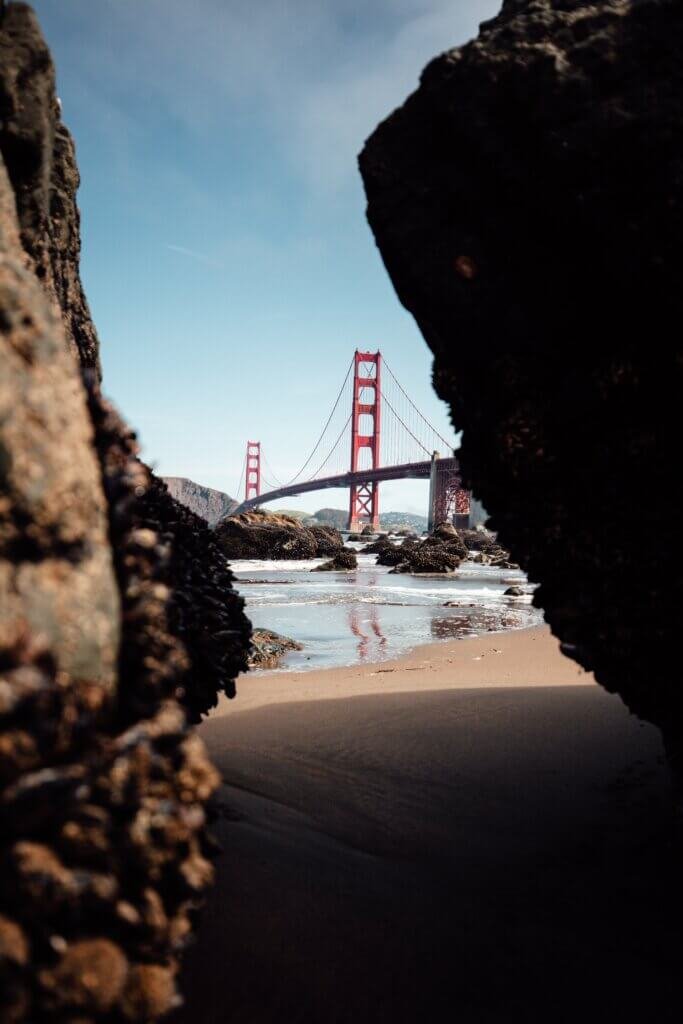
7. Glacier National Park, Montana
Description of Glacier National Park
Glacier National Park, located in Montana, is a true wilderness paradise. Known as the “Crown of the Continent,” it is characterized by rugged mountains, pristine lakes, and over 700 miles of hiking trails. The park is a haven for outdoor enthusiasts, offering breathtaking vistas and close encounters with wildlife. Glacier National Park is home to grizzly bears, mountain goats, and elusive wolverines. With its awe-inspiring beauty and unique ecosystem, Glacier National Park is a must-visit destination for nature lovers.
Camping facilities in Glacier National Park
Glacier National Park offers a variety of camping options for visitors. The park has 13 campgrounds, with over 1,000 campsites available. These campgrounds offer both tent and RV camping, with amenities ranging from basic sites to more developed campgrounds with access to water, restrooms, and even showers. Some campgrounds operate on a first-come, first-served basis, while others require reservations. It is advisable to make reservations, especially during the peak season when demand is high. Additionally, backcountry camping is available for those looking to venture deeper into the wilderness.
Activities and attractions at Glacier National Park
Glacier National Park offers a wealth of activities and attractions for visitors to enjoy. Hiking is the most popular activity, with trails ranging from easy walks to multi-day backpacking trips. The park’s iconic Going-to-the-Sun Road offers breathtaking views and access to numerous trailheads and scenic viewpoints. Wildlife viewing is another highlight, with opportunities to spot grizzly bears, moose, and bighorn sheep. The park’s pristine lakes provide opportunities for boating, fishing, and kayaking. Additionally, Glacier National Park is part of the International Dark Sky Park network, making it an ideal destination for stargazing.
Best time to visit Glacier National Park
The best time to visit Glacier National Park largely depends on personal preferences and the activities you wish to engage in. Summer is the most popular time to visit, with warmer temperatures and longer days. This is the best time for hiking and wildlife viewing, but popular areas can be crowded. Spring and fall offer milder temperatures, colorful foliage, and fewer crowds. Winter brings a winter wonderland to the park, with opportunities for snowshoeing, cross-country skiing, and even guided winter tours. Some areas of the park may be inaccessible during the winter months, so it is important to check for road closures and weather conditions before planning your visit.
8. Joshua Tree National Park, California
Description of Joshua Tree National Park
Joshua Tree National Park, located in Southern California, is a desert paradise that is unlike any other. The park is named after the unique Joshua trees that dot the landscape, towering over the rocky terrain. Joshua Tree National Park is a haven for outdoor enthusiasts, offering a range of activities and stunning views. With its unique blend of desert flora, striking rock formations, and star-filled skies, Joshua Tree National Park provides a memorable experience for all who visit.
Camping facilities in Joshua Tree National Park
Joshua Tree National Park offers multiple camping options for visitors. The park has nine campgrounds, with over 500 campsites available. These campgrounds offer both tent and RV camping, with amenities such as picnic tables, fire rings, and access to pit toilets. Most of the campgrounds operate on a first-come, first-served basis, except for the Black Rock and Indian Cove campgrounds, which require reservations. Backcountry camping is also allowed with a permit, allowing visitors to explore the more remote areas of the park.
Activities and attractions at Joshua Tree National Park
Joshua Tree National Park offers a wide range of activities and attractions for visitors to enjoy. The park is a popular destination for rock climbing, with its unique granite formations providing endless opportunities for climbers of all skill levels. Hiking is another popular activity, with trails ranging from easy nature walks to more challenging treks through rugged terrain. The park is also known for its stargazing opportunities, with its remote location and lack of light pollution creating incredibly clear night skies. Wildlife viewing, birdwatching, and photography are also popular pursuits within Joshua Tree National Park.
Best time to visit Joshua Tree National Park
The best time to visit Joshua Tree National Park largely depends on personal preferences and the activities you wish to engage in. Spring and fall offer milder temperatures, making them the most comfortable seasons for hiking and exploring the park. Spring brings blooming wildflowers, while fall offers beautiful fall colors and pleasant weather. Summer can be extremely hot, with temperatures exceeding 100 degrees Fahrenheit, making it less favorable for outdoor activities. Winter brings cooler temperatures, but it is still a popular time to visit, especially for stargazing and enjoying the park’s serene atmosphere. It is important to carry plenty of water and protect yourself from the sun, regardless of the season.
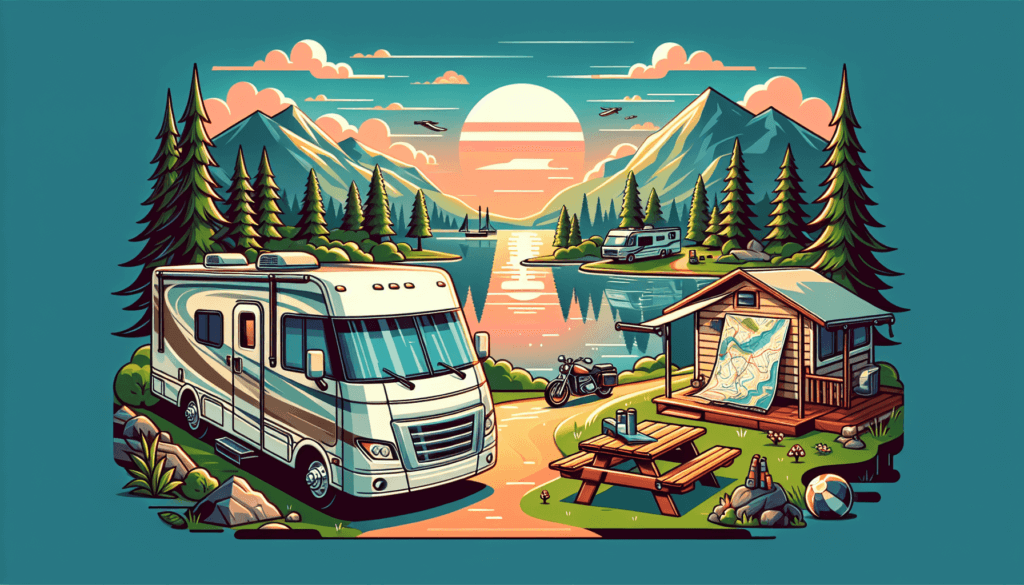
9. Olympic National Park, Washington
Description of Olympic National Park
Olympic National Park, located in Washington state, is a diverse and captivating destination. From old-growth rainforests to rugged coastlines and alpine meadows, Olympic National Park offers a remarkable variety of ecosystems. The park is home to numerous species of plants and animals, including Roosevelt elk, bald eagles, and the rare Pacific Northwest tree octopus. With its stunning landscapes and abundant recreational opportunities, Olympic National Park is a must-visit for nature enthusiasts and adventure seekers.
Camping facilities in Olympic National Park
Olympic National Park offers several camping options for visitors. The park has 16 campgrounds, with a total of over 900 campsites. These campgrounds cater to both tents and RVs, with amenities ranging from basic sites to more developed campgrounds with access to water, restrooms, and even showers. Some campgrounds operate on a first-come, first-served basis, while others require reservations. It is advisable to make reservations, especially during the peak season when demand is high. Additionally, backcountry camping is permitted with a permit, allowing visitors to explore more remote areas of the park.
Activities and attractions at Olympic National Park
Olympic National Park offers a wide range of activities and attractions for visitors to enjoy. Hiking is a popular activity, with trails ranging from short nature walks to challenging climbs. The park’s coastline is a sight to behold, with rugged sea stacks, tide pools, and pristine sandy beaches. The Hoh Rainforest provides a unique opportunity to explore a lush, green oasis with towering trees and moss-covered logs. Visitors can also enjoy fishing, boating, and wildlife spotting throughout the park. For those seeking a truly unforgettable experience, the park offers hot springs where you can relax and soak in nature’s beauty.
Best time to visit Olympic National Park
The best time to visit Olympic National Park largely depends on personal preferences and the activities you wish to engage in. Summer offers the most comfortable temperatures and longer days, making it ideal for hiking, camping, and enjoying the park’s coastal areas. This is also the peak tourist season, so popular areas can be crowded. Spring and fall bring milder temperatures and fewer crowds, making them great times to visit as well. Winter brings rain, snow, and cooler temperatures, but it also offers a quiet and serene atmosphere. It is important to check for road and trail closures, especially during the winter months when some areas may be inaccessible due to weather conditions.
10. Black Hills National Forest, South Dakota
Description of Black Hills National Forest
Black Hills National Forest, located in South Dakota, is a haven for outdoor enthusiasts and history buffs alike. The forest is characterized by its majestic granite peaks, scenic canyons, and dense pine forests. The area is rich in Native American history and is considered sacred by several tribes. Black Hills National Forest offers a unique blend of natural beauty and cultural significance, making it a captivating destination for visitors.
Camping facilities in Black Hills National Forest
Black Hills National Forest offers a range of camping options for visitors. The forest has several campgrounds, with a total of over 30 campgrounds and more than 1,300 campsites. These campgrounds cater to both tents and RVs, with amenities such as picnic tables, fire rings, and access to restrooms and potable water. Some campgrounds offer reservations, while others operate on a first-come, first-served basis. Additionally, dispersed camping is allowed in certain areas of the forest, offering a more secluded and primitive camping experience.
Activities and attractions at Black Hills National Forest
Black Hills National Forest offers a variety of activities and attractions for visitors to enjoy. The forest is a paradise for outdoor recreation, with opportunities for hiking, biking, horseback riding, and off-roading. The area is also known for its rock climbing, with numerous granite spires and cliffs providing a challenge for climbers of all skill levels. For history buffs, the town of Deadwood offers a glimpse into the Wild West, with its preserved historic buildings and exciting reenactments. The iconic Mount Rushmore National Memorial is also located in the Black Hills, attracting millions of visitors each year.
Best time to visit Black Hills National Forest
The best time to visit Black Hills National Forest largely depends on personal preferences and the activities you wish to engage in. Summer offers the most pleasant weather, with warm temperatures and longer days. This is the peak tourist season, so popular areas can be crowded. Spring and fall bring milder temperatures and colorful foliage, making them great times to visit as well. Winter brings a unique experience to the forest, with snow-covered landscapes and opportunities for snowshoeing, cross-country skiing, and even sledding. Some campgrounds and roads may be closed or limited during the winter months, so it is important to check for updates before planning your visit.
In conclusion, the United States is home to a plethora of incredible national parks, each offering its own unique experiences and natural wonders. Whether you choose to explore the towering cliffs of Yosemite National Park, marvel at the grandeur of the Grand Canyon, or hike through the diverse landscapes of Olympic National Park, the opportunities for adventure and awe are endless. So pack your bags, grab your RV, and get ready to embark on an unforgettable journey to some of the most popular RV camping destinations in the US. Happy camping!
